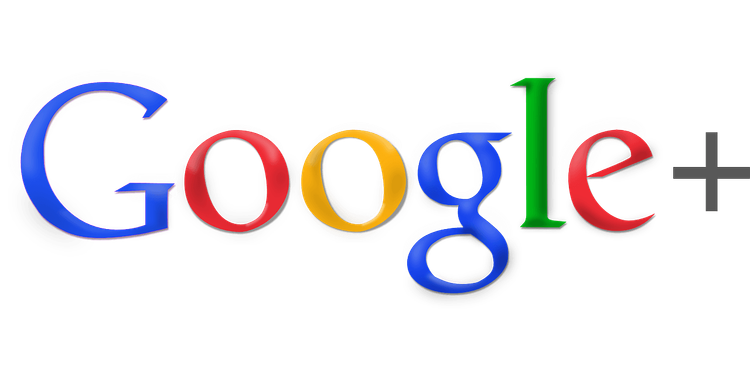New Automation Platform Aims to Simplify App Integrations for Nontechnical Users
Integration platforms that connect applications have existed for some time (think Zapier), but they still pose significant challenges for nontechnical users. While generative AI has made these tools more accessible, fully leveraging them often requires a basic understanding of programming to troubleshoot issues effectively.
This gap was noted by software developers Sam Brashears and Edward Frazer during their internships at major tech companies like Meta and Stripe, where they frequently faced difficulties in getting automations to work smoothly using popular integration tools.
"I have experienced the challenges of creating integrations and automations from the ground up," Frazer explained in a recent interview. "Sam saw that generative AI could address the critical issue of data transformation between APIs."
Fueled by their friendship and years of collaboration on software projects since elementary school, Brashears and Frazer launched a user-friendly app integration platform called DryMerge. This innovative tool utilizes a chatbot interface that allows users to describe desired automations, such as, "When I receive an email from a new prospect, notify the team on Slack and add them to HubSpot," handling the technical complexities behind the scenes.
"Currently, IT departments rely on complex no-code tools to create automations for non-IT teams," said Frazer. "Our natural language interface makes automation accessible to a broader audience."
This concept intrigued me, especially after spending countless hours grappling with IFTTT, so I decided to test DryMerge to see if it could replace my outdated automations once and for all.
I found DryMerge's interface to be clean and minimalist, akin to ChatGPT, featuring a straightforward text bot. Each new task (e.g., "Send me a daily summary of my calendar meetings") initiates a fresh chat session, easily retrievable from a list on the left panel.
DryMerge connects with an expanding array of applications, including Gmail, Microsoft Outlook, Salesforce, and social media platforms like X (formerly Twitter) and messaging services like Discord. Once an automation is established, users can view its status in a dedicated window, which shows its last run time and any errors encountered.
I attempted to set up various automations tailored to a busy reporter’s needs, such as exporting Gmail contacts to a spreadsheet and adding dates from recent email invitations to Google Calendar. Initially, the process was smooth—DryMerge guided me through logging into the relevant applications and offered to test the automations to confirm their functionality.
However, issues soon arose. At times, DryMerge's chatbot stopped responding entirely, and it often misinterpreted key aspects of my requests. I repeatedly tried to convey that I wanted to transfer Gmail contacts to my Google Calendar, but it consistently assumed I meant manually inputting contacts into a spreadsheet.
Despite these setbacks, my overall experience with DryMerge wasn't entirely negative. The platform impressed me when it functioned properly. For instance, I successfully configured an automation to copy posts from my X account to my personal Discord server, significantly reducing the time I spent switching between tasks.
Frazer reassured me that the bugs I encountered would be resolved in due course. With only himself and Brashears on the team, there’s a considerable list of priorities to address.
"We believe we are well-positioned to iterate quickly and adapt," Frazer said.
However, the real challenge for DryMerge lies in remaining relevant in the competitive integration-platform-as-a-service (iPaaS) landscape. A recent poll by IDG and TeamDynamix highlights that iPaaS is one of the fastest-growing software markets, estimated to reach $2.7 billion this year.
Major players like AWS with its AppFabric, and IBM's acquisition of iPaaS technology from Software AG, showcase the intensity of competition. Likewise, numerous startups, in addition to DryMerge, are striving to carve out their niche while established platforms like Zapier and IFTTT are rapidly integrating generative AI features.
Frazer emphasizes that DryMerge's unique selling point is its promise of "being ten times easier to use" than traditional drag-and-drop integration builders.
"Our user base spans online fashion retailers to school administrators and asset managers—all of whom typically have no coding experience," he noted. "They depend on us to save hours daily across various tasks, from customer support automation to CRM data entry."
Frazer recognizes the significant market opportunity: a recent IDG and TeamDynamix survey revealed that 66% of companies plan to invest in iPaaS to tackle internal automation and data integration challenges.
"We see tremendous potential in simplifying automation and providing user-friendly tools that empower nontechnical users," said Frazer.
Although it's still early for DryMerge, which currently boasts around 2,000 users, the company has gained traction by being accepted into Y Combinator's Winter 2024 batch and recently secured a $2.2 million seed round led by Garage Capital, with contributions from Goodwater Capital and Ritual Capital.
Frazer mentioned that they plan to use the funding to add new app integrations and expand DryMerge's team in the coming months.







